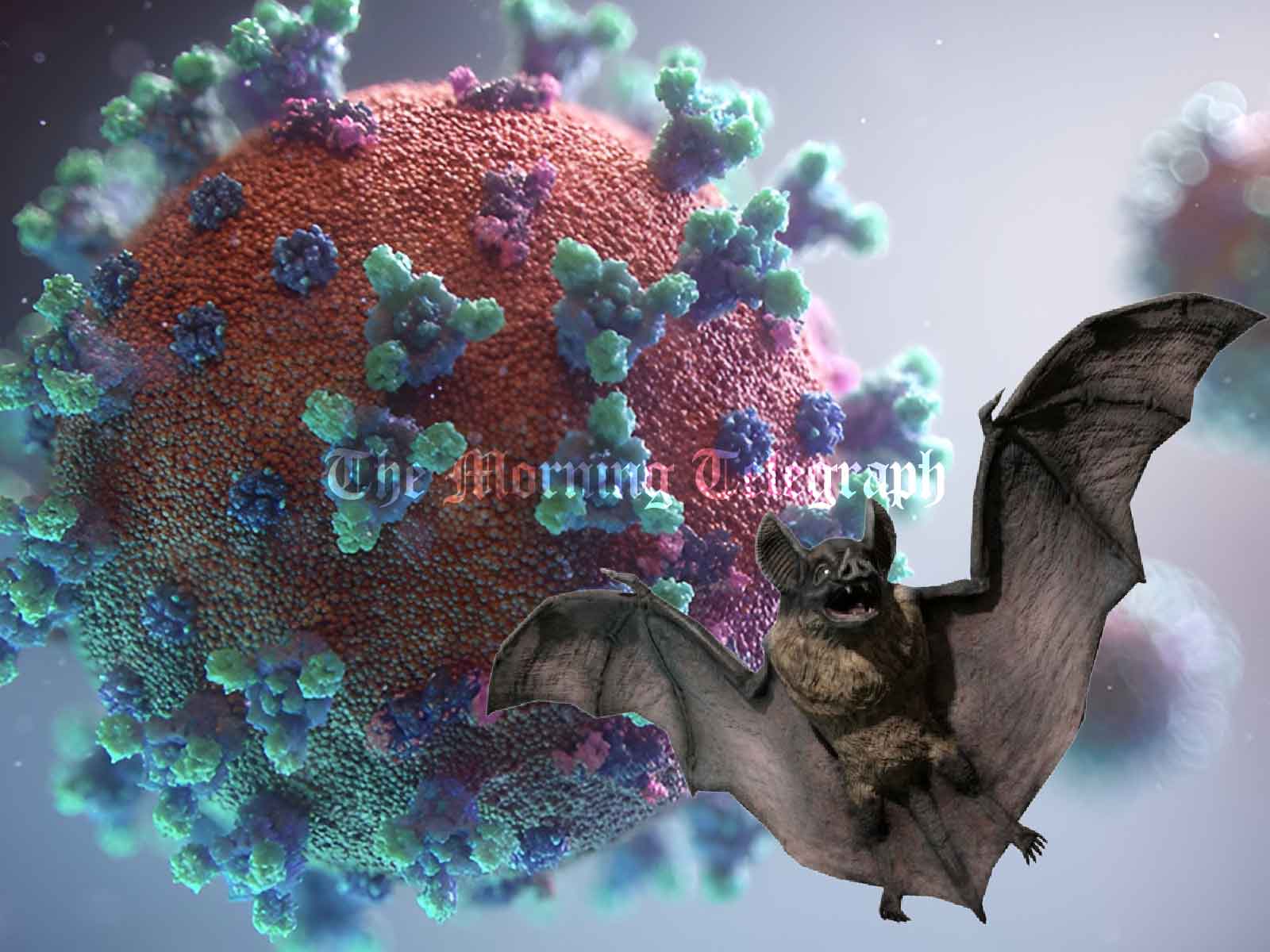
Chinese researchers have identified a new bat coronavirus, HKU5-CoV-2, which shares key similarities with SARS-CoV-2, the virus responsible for COVID-19. The discovery has raised concerns about animal-to-human transmission, but experts stress that its potential impact remains uncertain.
According to a report by the South China Morning Post (SCMP), the virus was found by a team of virologists led by Shi Zhengli, the renowned scientist from the Wuhan Institute of Virology, who has extensively studied coronaviruses. The Wuhan Institute has been at the center of the controversial theory suggesting that COVID-19 originated from a lab leak, an allegation that China has consistently denied.
What is HKU5-CoV-2?
HKU5-CoV-2 belongs to the merbecovirus subgenus, which also includes the virus responsible for Middle East Respiratory Syndrome (MERS). Scientists discovered that HKU5-CoV-2 can bind to human ACE2 receptors, the same pathway used by SARS-CoV-2 and NL63, a common cold virus.
In lab tests, the virus successfully infected human cell cultures in mini-human organ models, suggesting a potential zoonotic (animal-to-human) risk. However, researchers note that further studies are needed to determine its ability to spread among humans.
“Bat merbecoviruses, which are closely related to MERS-CoV, pose a high risk of spillover to humans, either through direct transmission or intermediate hosts,” the study stated, as per Newsweek. However, the research team emphasized that the actual risk of human infection remains uncertain.
Could This Lead to Another Pandemic?
Despite concerns, Dr. Michael Osterholm, an infectious disease expert at the University of Minnesota, dismissed fears of an impending pandemic, calling the reaction “overblown.” He pointed out that global immunity to SARS-like viruses has increased significantly since 2019, reducing the likelihood of another large-scale outbreak.
Moreover, the study itself states that HKU5-CoV-2 has less binding affinity to human ACE2 receptors than SARS-CoV-2 and lacks keay adaptations for efficient human infection, suggesting that its risk of triggering a pandemic is low.
For now, the discovery serves as a reminder of the continued risk of zoonotic diseases and the importance of monitoring emerging viruses in wildlife populations.




